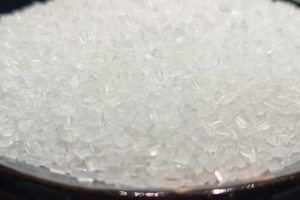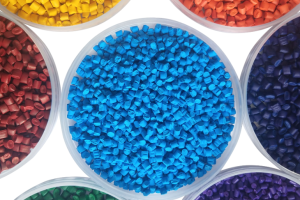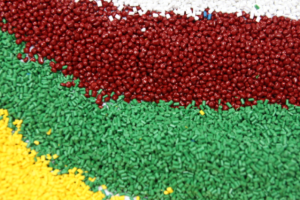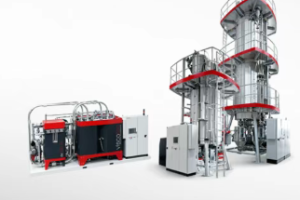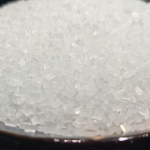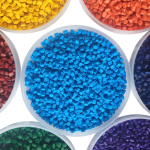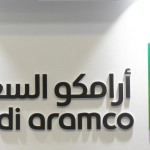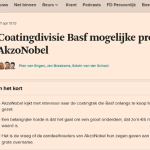February 8, 2025 – High-Voltage Cables: Exploring Eco-Friendly Disposal Solutions for a Sustainable Future
High-voltage cables, often referred to as the “lifelines” of power transmission, play a crucial role in urban power supply, industrial production, and infrastructure development. However, as these cables age and reach the end of their service life, the issue of their disposal has become increasingly prominent, posing a significant challenge in the realm of environmental protection. This article delves into the eco-friendly disposal methods for high-voltage cables and proposes a series of practical recommendations.

High-voltage cables consist of multiple layers, including conductors, insulation, shielding, and outer sheaths. Improper disposal of these materials can lead to environmental pollution. For instance, burning polyvinyl chloride (PVC) releases toxic gases, while metal components can contaminate soil and water sources. Traditional methods of incineration or landfilling are not only inefficient but also potentially cause secondary pollution, making the development of new eco-friendly disposal methods urgent.
In the quest for environmentally friendly disposal solutions, physical recycling, chemical recycling, and pyrolysis have emerged as prominent approaches. Physical recycling involves mechanically separating metals and plastics from cables. While this method is simple and cost-effective, it requires precise equipment and struggles with mixed materials. Chemical recycling, on the other hand, breaks down plastics into monomers through chemical reactions, enabling resource recycling. However, this process is complex and may produce harmful byproducts. Pyrolysis recycles cables by heating them in an oxygen-free or low-oxygen environment, decomposing organic materials into gases, liquids, and solid residues. This method can handle mixed materials and produces fewer pollutants, but it is energy-intensive and demands high-quality equipment.
Three key challenges in eco-friendly high-voltage cable disposal are material separation accuracy, hazardous substance control, and energy consumption versus economic benefits. Improving separation accuracy enhances recovery rates and reduces secondary pollution. Controlling hazardous substance emissions is central to eco-friendly disposal. Reducing energy consumption is a focal point for technological development.
To address these challenges, we propose the following recommendations: Firstly, governments and businesses should intensify research and promotion of physical recycling equipment to boost efficiency. Secondly, increase investment in chemical recycling technology R&D, optimize processes, and minimize harmful byproduct generation. Simultaneously, enhance pyrolysis recycling infrastructure to lower energy consumption and reduce pollutant emissions. Furthermore, governments should establish a comprehensive cable recycling system, formulate policies to encourage corporate and individual participation, and raise public awareness through education and outreach, inspiring more people to engage in environmental actions.
When comparing the pros and cons of different recycling methods, physical recycling is simple and low-cost but struggles with mixed materials. Chemical recycling offers high resource utilization but is complex. Pyrolysis can handle mixed materials but is energy-intensive. As environmental awareness grows and technology advances, high-voltage cable disposal will become more efficient and green. Innovations like smart recycling equipment and biodegradable cable materials will emerge, driving the sustained development of the cable recycling industry.
Eco-friendly high-voltage cable disposal is a multifaceted issue involving governments, businesses, and the public. Only through collective efforts can we achieve sustainable resource use and effective environmental protection. Let’s join hands to contribute to building a green and sustainable future.

